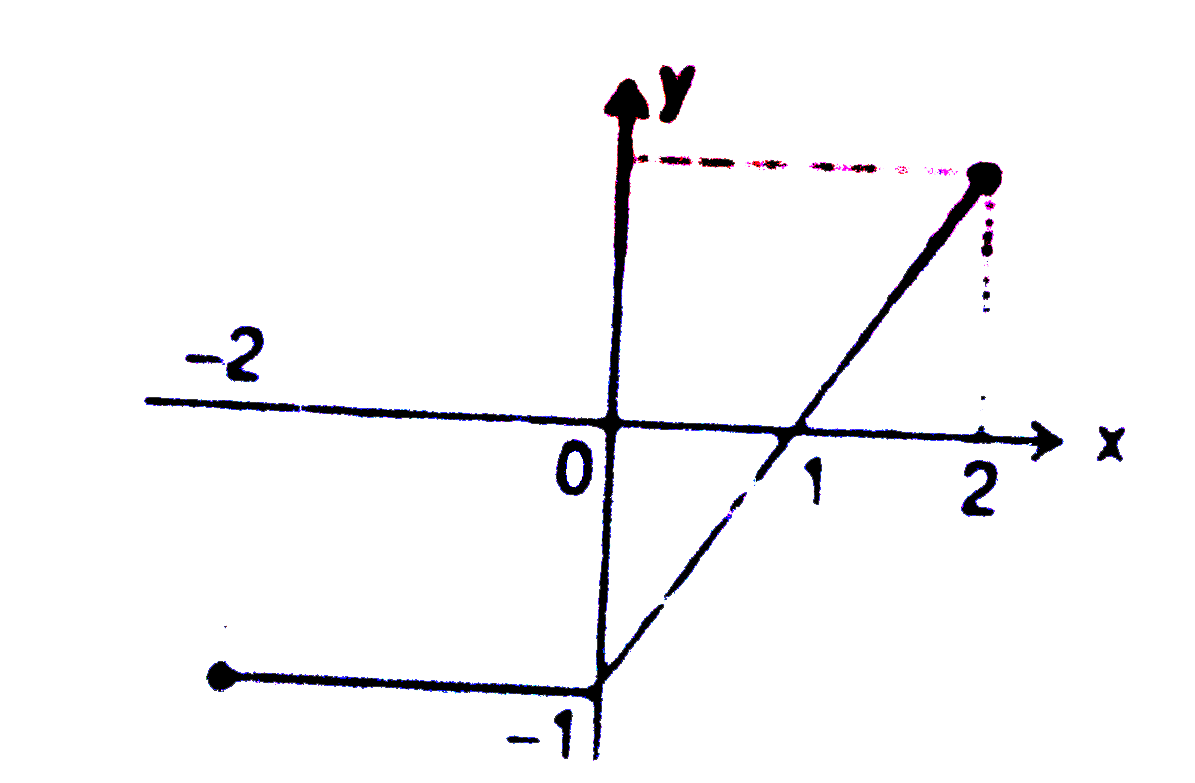The function y=f(x)=mx+c has
maximum point bu no minimum point
minimum point but no maximum point
both maximum and minimum points
neither maximum point nor minimum point
The correct Answer is:D
Let f(x)=mx+c
then f'(x)=m
Sop , f'(x)≠0 for any real value of x
Hence f(x) has neither maximum point nor minimum point
Topper's Solved these Questions
Similar Questions
If the graph of the function y=f(x) is as shown : the graph of y=12(|f(x)|−f(x)) is
View SolutionA continuous and differentiable function y=f(x) is such that its graph cuts line y=mx+c at n distinct points. Then the minimum number of points at which fx=0 is/are n−1 (b) n−3 n−2 (d) cannot say
View Solution
Knowledge Check
The function f(x)=x+sinx has
Aa minimum but no maximumBa maximu but no minimumCneither maximum nor minimumDboth maximum and minimumChoose the most appropriate options.
Admission aglasem A differentiable function f(x) has a relative minimum at x =0, then the function y=f(x)+ax+b has a relative minimum at x=0 forAall a and All bBall b, if a=0Call b>0Dall a>0The function f(x)=xx has
Aminima at x=eBmaxima at x=eCmaxima at x=1eDminima at x=1e
Suppose the function f(x)-f(2x) has the derivative 5 at x =1 and derivative 7 at x = 2. The derivative of the function f(x)-f(4x) at x = 1, has the value equal to
View SolutionSuppose the function f(x)−f(2x) has the derivative 5 at x=1 and derivative 7 at x=2 . The derivative of the function f(x)−f(4x) at x=1 , has the value equal to 19 (b) 9 (c) 17 (d) 14
View SolutionA function y=f(x) has a second order derivative f''(x)=6(x−1). If its graph passes through the point (2, 1) and at that point the tangent to the graph is y=3x−5, then the function is
View SolutionThe function f(x) = xe−x has
View SolutionIf the graph of the function y=f(x) is as shown :

The graph of y=1/2(|f(x)|−f(x)) is
View Solution
